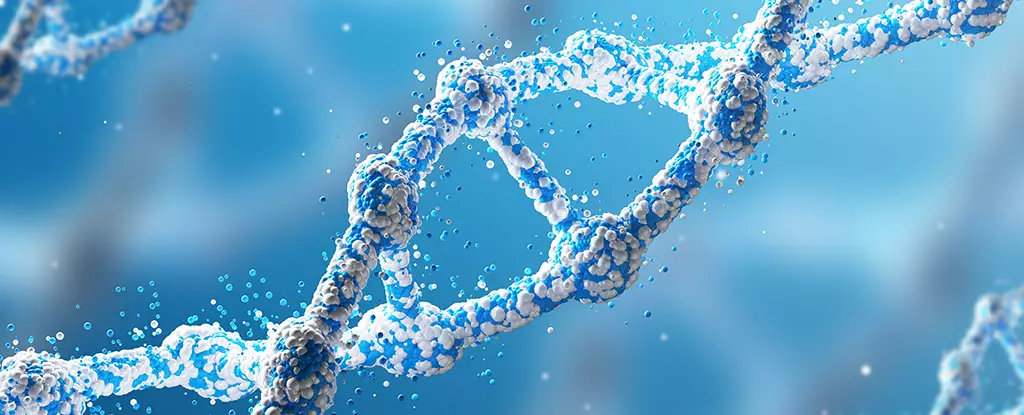In the not-so-distant future, medicine might take on a whole new form. Instead of relying solely on traditional medications, we could soon be ingesting artificial life forms that can analyze and remove diseases from within our bodies. While this may sound like something straight out of a sci-fi movie, scientists from the University of Southern Denmark and Kent State University in the US have been working on developing hybrid molecules of DNA and protein that could potentially form the foundation of these incredible artificial life forms. In this article, we will explore the groundbreaking research behind this concept and the potential implications it could have on the future of healthcare.
The primary objective of this research is to engineer bio-bots encoded to target specific health issues. These tiny artificial life forms would be capable of delivering targeted drug therapies or stimulating cells of the immune system. The team envisions creating these artificial allies in the form of engineered viruses, bacteria, and cells. By creating an enemy to disease-causing viruses, it may be possible to combat infections more effectively.
To achieve this, the researchers have developed hybrid biomolecules, combining DNA and peptides. DNA provides precise control over the coding of the molecule, while peptides offer versatility in manipulating chemical environments. This combination allows for a more efficient and adaptable approach to creating artificial life forms. Additionally, these hybrid biomolecules could also be used to develop viral vaccines tailored to individual patients, providing a custom-made defense against infections.
While these artificial life forms may seem like the stuff of dreams, they are still in the early stages of development. Scientists have made significant progress in editing DNA and combining it with peptides for a range of applications such as building nanostructures and delivering cancer medications. However, constructing artificial life forms and viral vaccines with these hybrid biomolecules is a complex endeavor that requires further research and refinement.
The field of hybrid biomolecules and artificial life forms has only emerged in the past decade, and there is still much to learn and explore. However, the potential of these engineered molecules to revolutionize medicine is undeniable. By creating highly adaptable and precisely controlled entities, researchers may unlock a multitude of possibilities, from targeted immune responses to personalized therapies.
As the understanding of DNA editing advances and the manipulation of hybrid biomolecules becomes more sophisticated, the future of medicine looks promising. The ability to create artificial life forms capable of combating diseases takes us one step closer to a new era of healthcare. While the development of viral vaccines using these techniques may still be a decade away, the knowledge and progress achieved so far provide an optimistic outlook.
Collaborative efforts among scientists from different fields, such as biotechnology and material science, will be crucial in pushing the boundaries of this research. By combining expertise and leveraging advancements in various disciplines, we can pave the way for groundbreaking medical solutions that were once unimaginable.
While the concept of artificial life forms may sound like science fiction, the research conducted by the University of Southern Denmark and Kent State University brings us closer to this possibility. By utilizing hybrid biomolecules of DNA and peptides, scientists are exploring the potential to create engineered entities that can combat diseases and even form the basis of viral vaccines.
While these advancements are still in the early stages, the breakthroughs achieved so far lay a solid foundation for the future of medicine. As researchers continue to refine and explore the capabilities of hybrid biomolecules, we can look forward to a future where targeted therapies, personalized vaccines, and precise disease management revolutionize healthcare. The journey may be challenging, but the potential benefits for humanity are immeasurable.


Leave a Reply